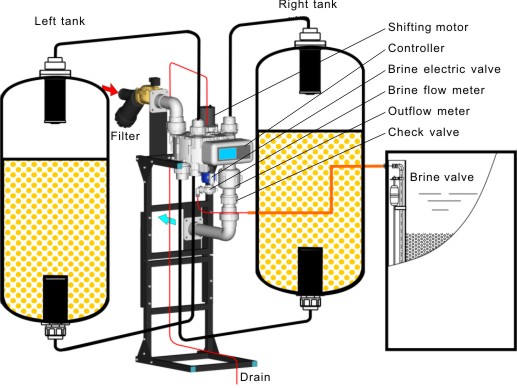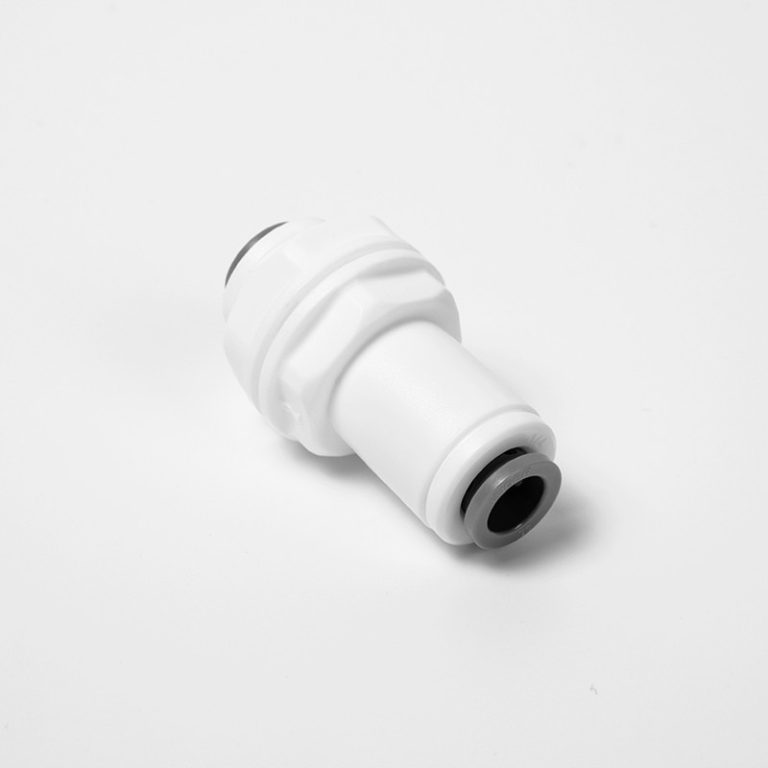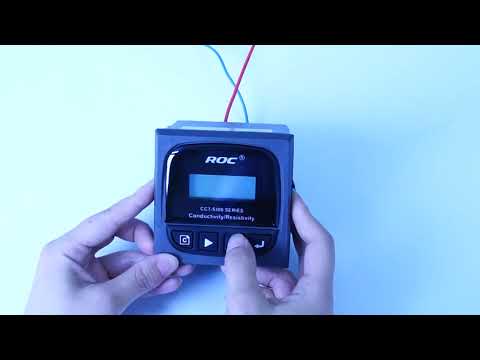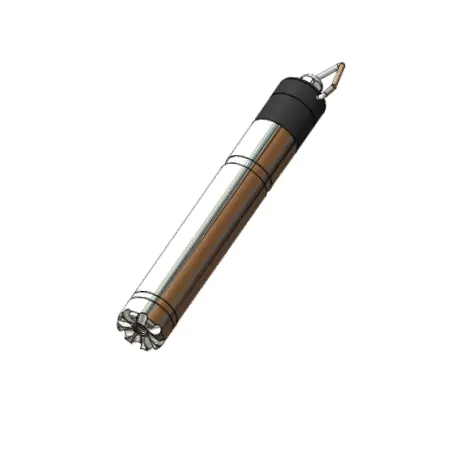Accurate measurements for optimal water quality.
Introduction to pH/ORP Sensors
pH/ORP sensors are essential tools used in various industries to measure the acidity or alkalinity of a solution. These sensors play a crucial role in maintaining the quality and safety of many processes, including water treatment, food and beverage production, pharmaceutical manufacturing, and environmental monitoring. In this article, we will provide an introduction to pH/ORP sensors, explaining their principles, applications, and benefits.
pH sensors are designed to measure the concentration of hydrogen ions in a solution, which determines its acidity or alkalinity. The pH scale ranges from 0 to 14, with 7 being neutral. A pH value below 7 indicates acidity, while a value above 7 indicates alkalinity. pH sensors work by utilizing a glass electrode that generates a voltage proportional to the hydrogen ion concentration. This voltage is then converted into a pH value using a reference electrode and a ph meter.
ORP (Oxidation-Reduction Potential) sensors, on the other hand, measure the ability of a solution to oxidize or reduce substances. ORP is measured in millivolts (mV) and provides information about the solution’s potential to undergo chemical reactions. A positive ORP value indicates an oxidizing environment, while a negative value indicates a reducing environment. ORP sensors typically consist of a platinum electrode and a reference electrode, which generate a voltage proportional to the solution’s redox potential.
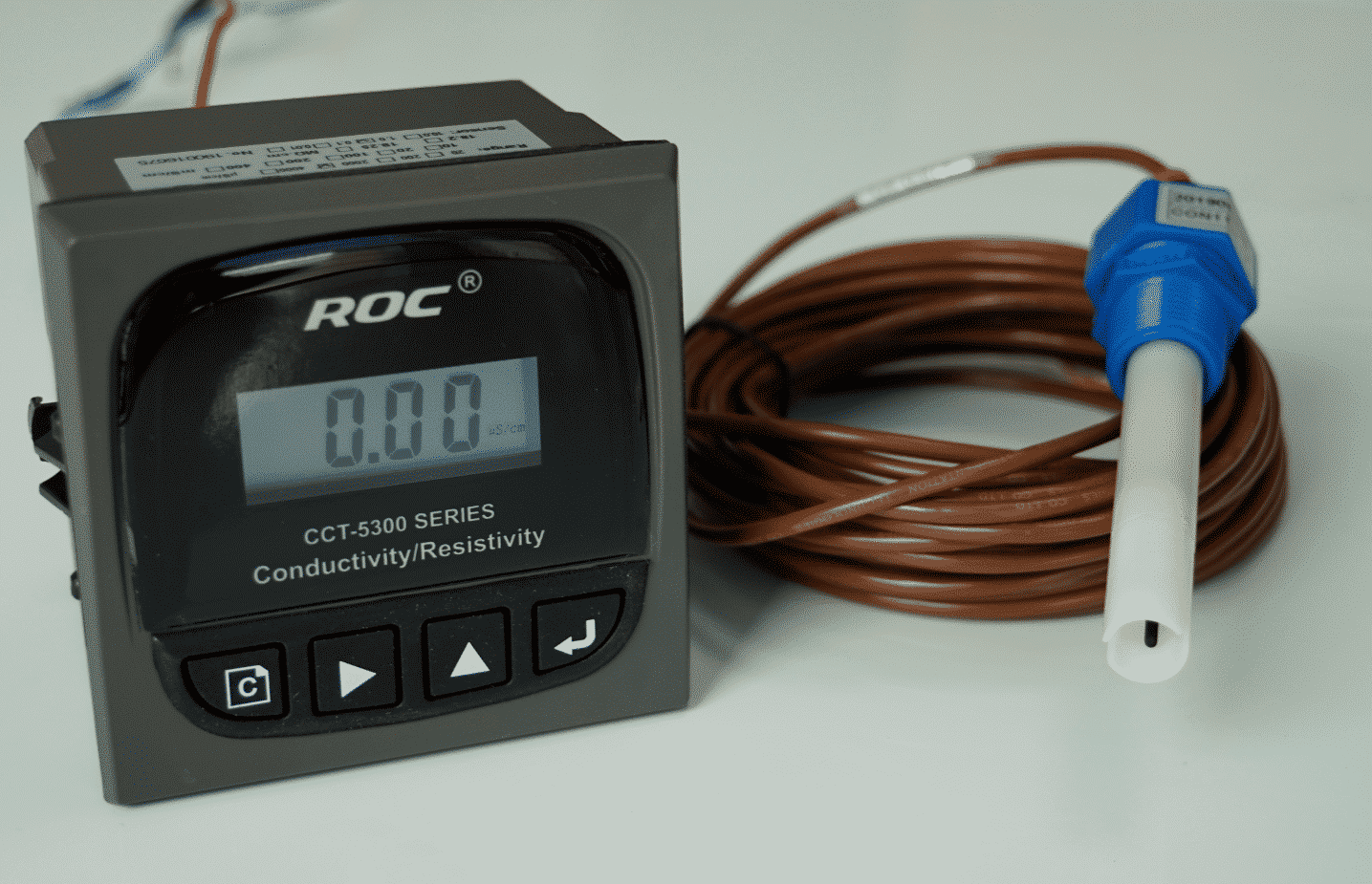
pH/ORP sensors find applications in a wide range of industries. In water treatment plants, pH sensors are used to monitor the acidity or alkalinity of water, ensuring it meets regulatory standards. In the food and beverage industry, pH sensors are crucial for maintaining the desired pH levels during fermentation, brewing, and food processing. In pharmaceutical manufacturing, pH sensors are used to monitor the pH of drug formulations, ensuring their stability and efficacy. Additionally, pH/ORP sensors are used in environmental monitoring to assess the health of aquatic ecosystems and detect pollution.
The benefits of using pH/ORP sensors are numerous. Firstly, these sensors provide real-time and accurate measurements, allowing for immediate adjustments to maintain optimal conditions. This helps prevent costly errors and ensures consistent product quality. Secondly, pH/ORP sensors are highly reliable and durable, with minimal maintenance requirements. They can withstand harsh environments, such as high temperatures and corrosive chemicals, making them suitable for various industrial applications. Moreover, pH/ORP sensors are easy to install and integrate into existing systems, providing convenience and flexibility.
In conclusion, pH/ORP sensors are essential tools for measuring the acidity or alkalinity of solutions in various industries. These sensors utilize advanced technology to provide accurate and real-time measurements, ensuring the quality and safety of processes. pH/ORP sensors find applications in water treatment, food and beverage production, pharmaceutical manufacturing, and environmental monitoring. Their benefits include reliability, durability, and ease of use. As industries continue to rely on precise control of pH and ORP levels, the demand for these sensors will only continue to grow.

